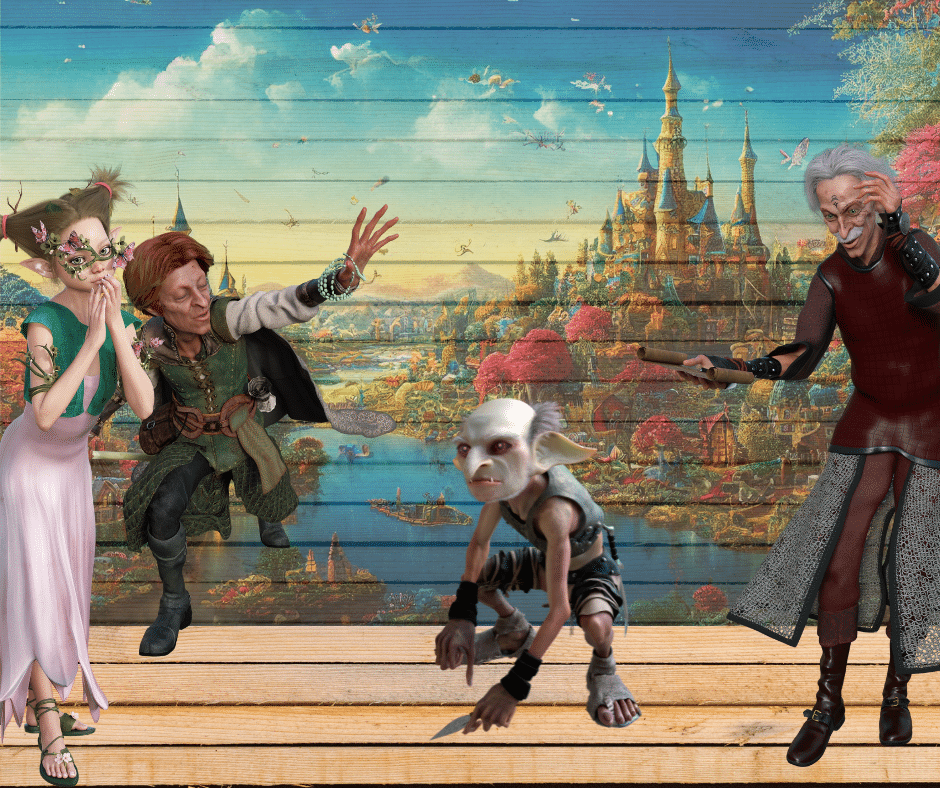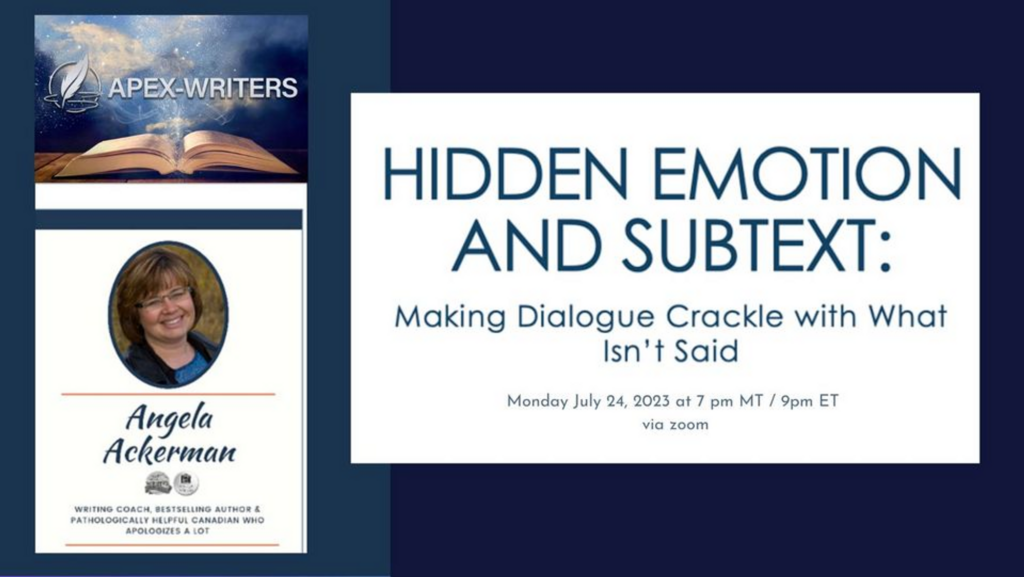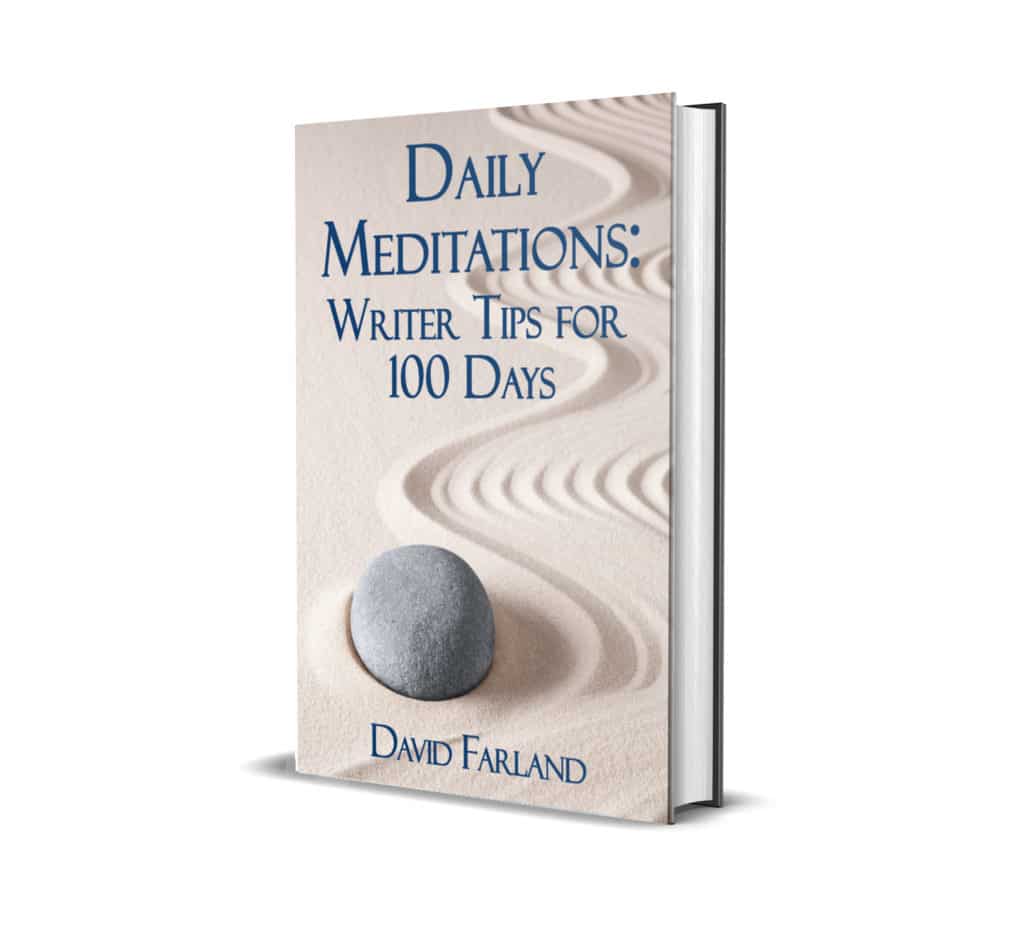Written in March 2020

In past articles I’ve talked about how, as readers age, people of different genders tend to crave certain kinds of emotions. A child at the age of five craves wonder in fiction, along with humor and horror. An older woman is more likely to crave romance from her mid-teens into her early forties, but might find herself drawn to mystery and drama as she ages.
So as authors we try to target the emotions we arouse to the proper audience. Sometimes, a certain emotion becomes the whole point of the story. For example, we’re coming up on the season where you will see articles asking, “What’s the scariest movie or book you’ve enjoyed?” Meanwhile, as we look at Christmas, people will be seeking tales that arouse wonder and nostalgia and warmth. And when February comes along, we’ll be talking about romances.
Indeed, many books and movies are categorized based upon the primary emotion they arouse: thriller, comedy, horror, romance, porn, adventure, drama.
When you’re writing an epic novel like Lord of the Rings or Dune, there are a couple of things to consider when choosing your emotional draw.
Part of what makes an epic an epic is that the reader tries to get a panoramic view of life, to experience a wide range of human emotions. I think that Tolkien handled this well in LOTR. He has a lot of warmth and humor and nostalgia in early parts of the story, but then he builds up to terror, despair, and horror. There is some triumph and tragedy and a lingering sense of isolation and remorse for our hero, too.
That’s part of what makes an epic an epic: the author tries to capture a wide portion of the character’s life, often from birth, through childhood, up to first love, marriage, the joys of parenting, the worries of a young parent for their offspring, along with grief, suffering, acceptance and death.
In short, that’s why I sometimes describe a story, particularly an epic tale, as an “emotional symphony.” As I’m writing scenes, I’m often looking at the emotions that I’m trying to arouse and thinking about how I can set the scene for the next movement.
For example, let’s say that I want to arouse horror. I could start my story somewhere neutral and simply use foreshadowing in my description to arouse horror. For example, I might have my character start the scene in her living room and walk outside onto her back porch. Her dog is missing, and she thinks it might be in the woods behind the house. Here are some words that I might fit into my three paragraphs before I get into the scene: black, rot, night, lonely, nervous, cold, bone, death. I could craft a description of the woods behind the protagonist’s house and load it these trigger words before getting to the horrific part of the scene.
But maybe I don’t want to be so direct. Sometimes we can arouse horror more strongly by preparing the reader for its opposite. For example, a protagonist could find herself feeling giddy after a wonderful romantic date, then slip into her college dorm—only to find that one of her roommates is decapitated on the kitchen floor, and the killer is in the next bedroom torturing her other roommate.
That transition from a positive emotional state to the negative suddenly becomes a much stronger arc if you try to picture it visually.
And just as a horror scene becomes more pronounced as you move from its opposite, a positive scene can be more powerful if the reader moves from a negative state. For example, if I have a young student who has failed at school returning home in defeat, I might have him imagine his father’s rage at the news, or his mother’s tears of disappointment—only to find complete love and acceptance instead. So by arousing the specter of disapproval, I can heighten the positive emotions that I want to bring out.
Thus, writing an epic becomes an interesting balancing act. I don’t want to focus on one primary emotion—like romance or wonder. So I may ask myself questions like, “Do I have enough strong, positive emotional scenes here?” Or, “Do I want to arouse the negative of the state I desire,” just so I can get more variation?
I might look for ways to add in humor and warmth and nostalgia by showing scenes that at first seem … extraneous to the narrative. It’s only when you understand the whole symphony that you see that what seemed extraneous is indeed integral to the tale.
For more on David Farland’s Writing tips, visit https://mystorydoctor.com/writing-blog/
And you can also click here to get your David Farland Daily Meditations.
—————————————————
As writers, we want to pull emotional resonance from our readers, get them to feel our characters, and make it nigh impossible to put our book down. One of the greatest ways to do this is by showing how characters and their emotions bounce off each other. We are engaged when we see these characters in dialogue being tender, or hating on someone, or barely hanging on. Those scenes that crackle with tension with what’s being said, and even juicier…those things that not said or are implied with the right subtext have us turning pages and living vicariously through the characters. Would you like to know more about how to do this effectively?

Come join us for our Mastermind zoom call this Monday, July 24, 2023 at 7 pm MT / 9 pm ET because Angela Ackerman, co-founder of Writers Helping Writers, and co-author of the Emotional Thesaurus series will be presenting HIDDEN EMOTION AND SUBTEXT: MAKING DIALOGUE CRACKLE WITH WHAT ISN’T SAID.
We certainly don’t want anyone to miss out on the chance to learn this integral story building know-how, so we are offering a one month trial period. The cost? $1.
This means when you sign up, you have access to this important presentation, plus the live multi-weekly presentations with other authors and industry experts, and a vast library of replays of previous presentations, courses, lectures and more.
Click HERE to join us.







